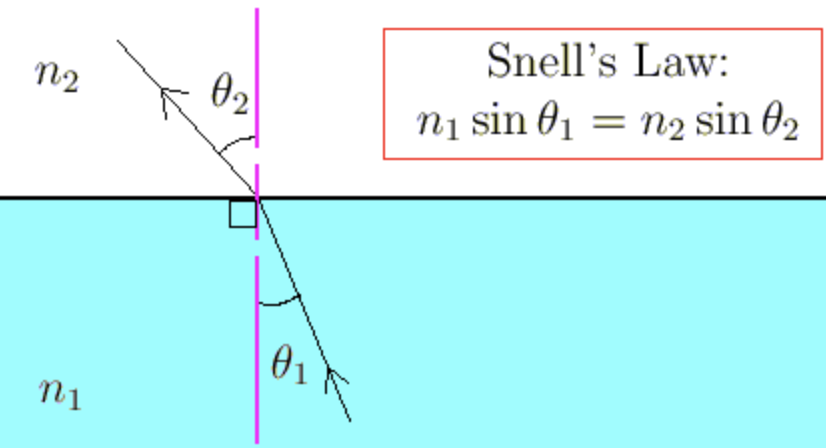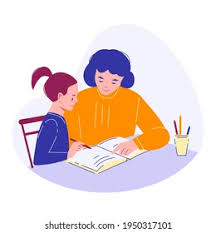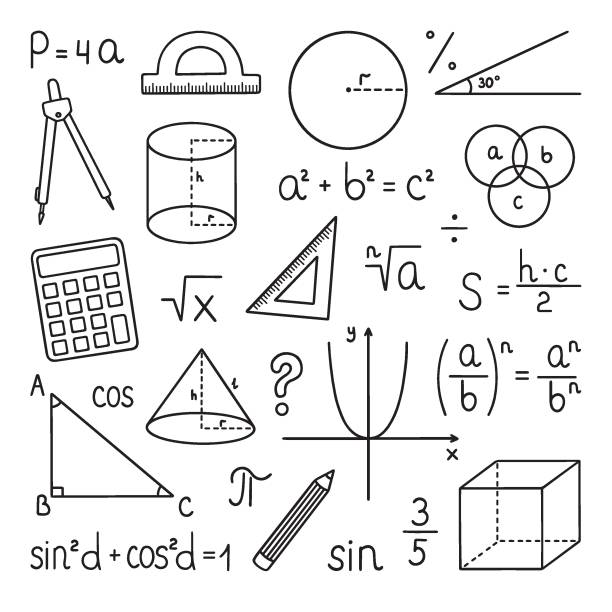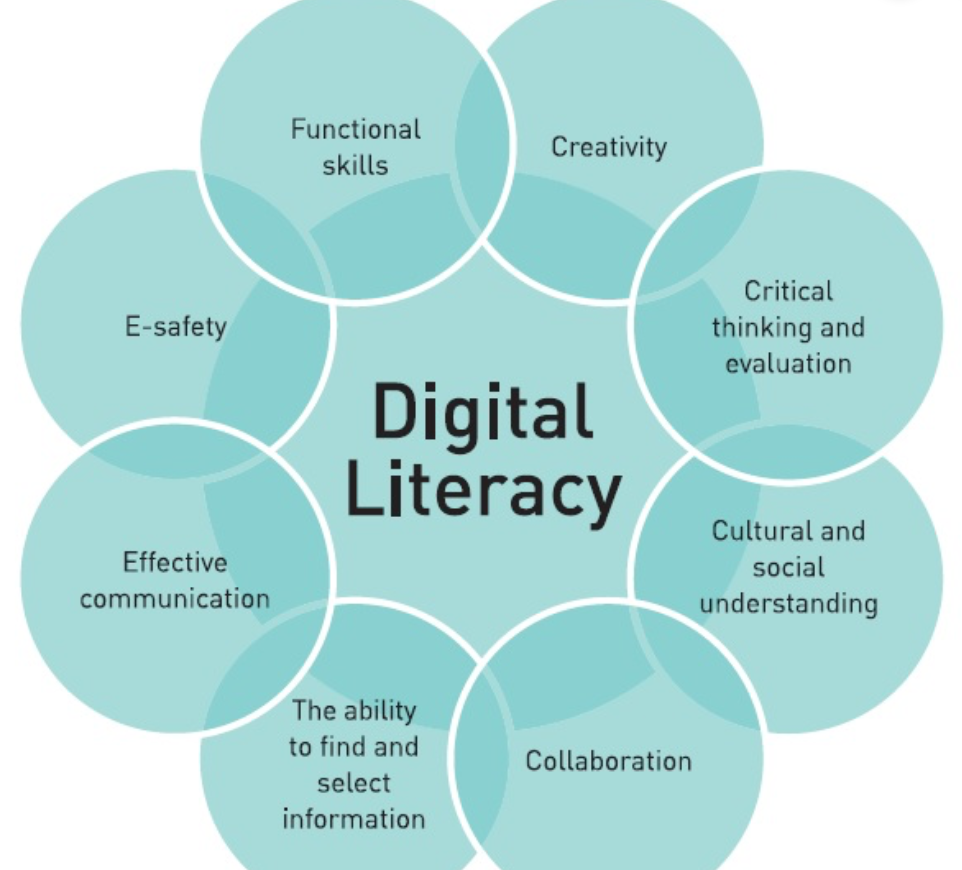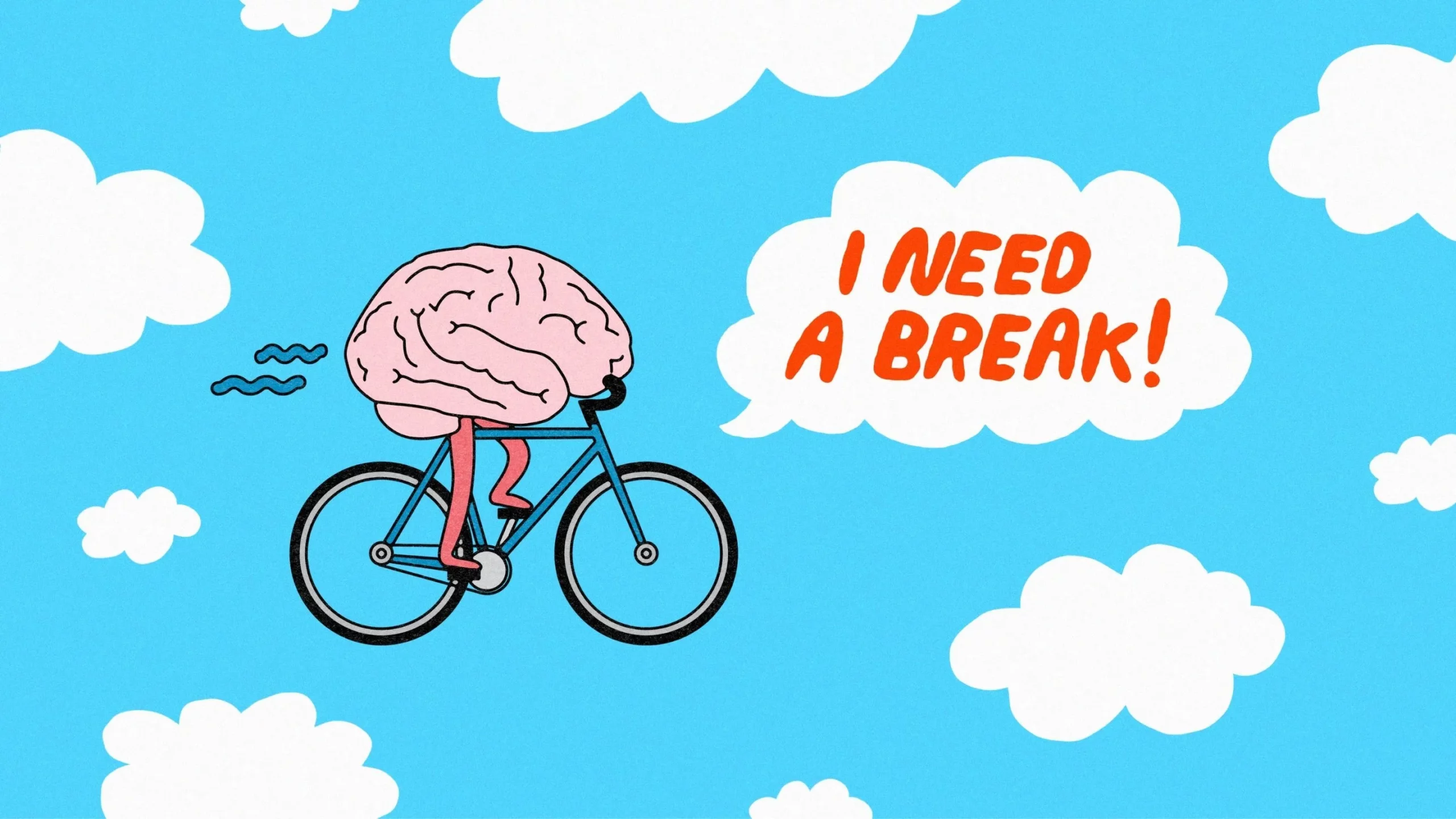
Students often walk into a session confident that they understand a concept, only to realise during discussion or practice that there are gaps they never noticed. This isn’t a sign of laziness or lack of effort. It is a natural part of learning. Psychologists refer to this as the “illusion of understanding,” a bias where students believe they know more than they actually do because material feels familiar or easy to recognise. When a student rereads notes or listens to an explanation, the content appears clear, which convinces them that they have mastered it. Familiarity, however, is not the same as true understanding.
Tutors play a crucial role in breaking this illusion. A good tutor doesn’t simply ask a student whether they understand a topic. Instead, they ask the student to explain it in their own words, apply it to a new situation or solve a question that slightly stretches what they learned. These small challenges reveal the difference between recognising an idea and being able to use it. Once students see the gap for themselves, they become more open to learning and more aware of how to study effectively.
Another powerful tool tutors use is targeted questioning. When students struggle to articulate a response, tutors guide them with prompts that encourage deeper thinking. This helps students identify the exact point where their understanding fades. It also trains them to be self reflective learners who check their thinking rather than assuming they know the answer.
Over time, this process builds accurate self assessment skills. Students begin to recognise when they truly understand a concept and when they need more practice. This not only improves their academic performance but also boosts their confidence, since they learn how to measure their progress honestly and effectively.
Freddie Le Vay




